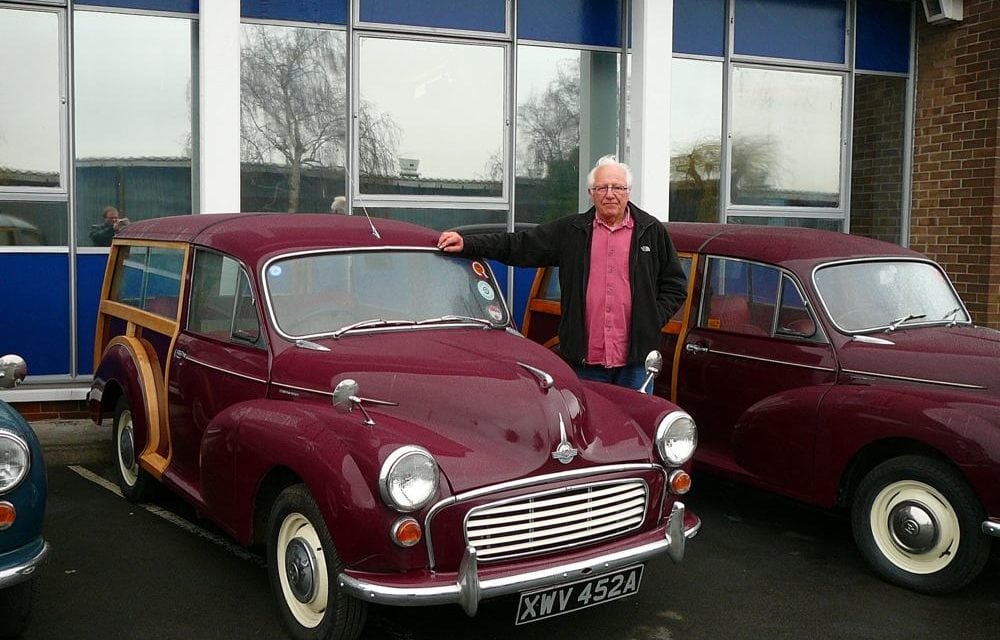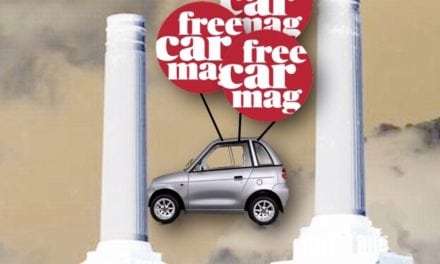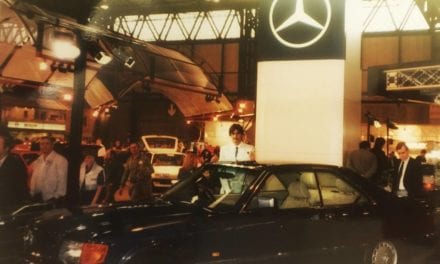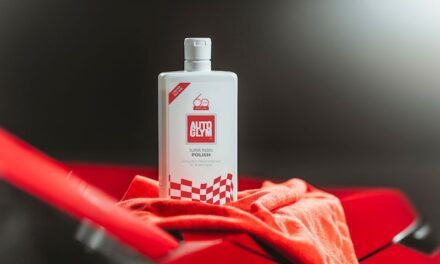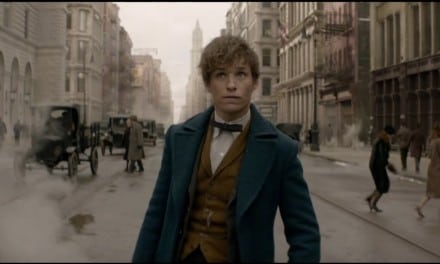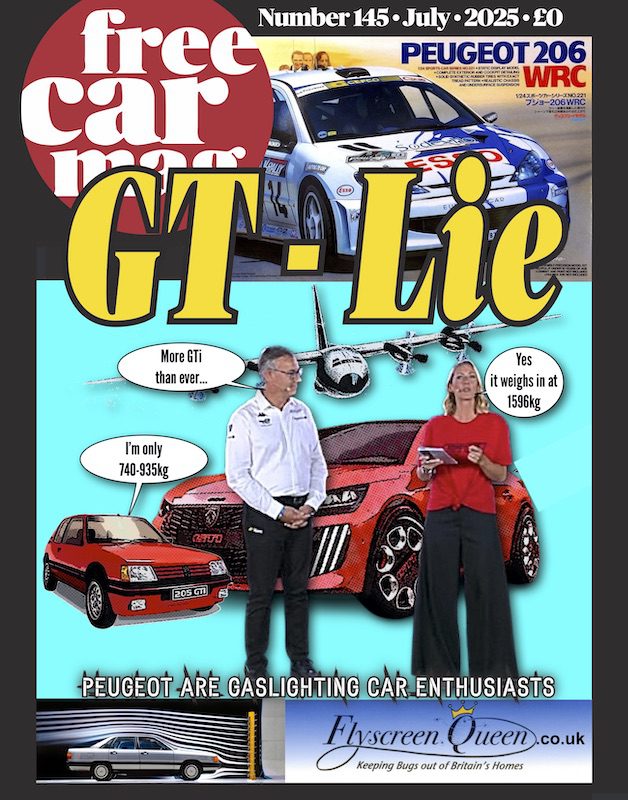A Classic Car to fall in Love with is the Morris Minor Traveller. Pictured here with our hero the late Charles Ware at his famous Morris Minor Centre.Here’s why you should buy one.
The Estate was introduced 1953 Models Estate, 2dr and 4dr saloons, convertible, van and pick-up. Price Band £500-£5,000 For: Period charm. Quite nice to drive with decent handling. Useful amount of space and folding rear seat novel for the era. Still a practical proposition today. Excellent spare parts availability. Against: Not that fast, especially early 803cc engine. Wood rot. High restoration costs for shabby examples. Rating *****
The Traveller model is an excellent combination of post war period charm and everyday post millennium practicality. There is more to the Minor Traveller than cuddly looks and a mock Tudor beamed extension on the back. Driving a Traveller even though it is heavier and has stiffer suspension than the saloon, is a delight. The steering is precise and despite the underpowered engine it feels lively. In practical terms the Traveller is spacious has a folding rear seat and two rear doors that can accommodate long loads. In many ways the Minor is the ultimate DIY Classic. Mechanically simple, servicing and the majority of repairs are straightforward and cheap. It also helps that the Minor and Traveller have an enthusiastic following and a virtual cottage industry of specialist suppliers. That means parts are easily available and long term a Traveller is very cheap to run not least because depreciation isn’t an issue.
Morris Minor Traveller 1953-71
Morris Minor Traveller Estate introduced in 1953 and based on the Series 2 Minor with a 30bhp 803cc engine. It had exposed ash framework; hinged rear seat and a compartment beneath the boot floor housed the spare wheel and toolkit. October 1954 a new horizontal grille was fitted and the sidelights moved to the wings. The body-coloured dashboard now has central instrument dial. October 1956 renamed Minor Traveller 1000 with larger 948cc engine, improved gearbox, single piece windscreen. De Luxe models have overriders, leather trim and a heater. September 1962 now with 1098cc engine, revised gearbox, bigger clutch and larger brakes. October 1963 Toughened windscreen, larger indicators, longer wiper blades and larger rear lights. October 1964 revised interior; two spoke steering wheel and combined ignition/starter switch. Saloon is discontinued in 1970, but the popular Traveller stays in production until 1971.
Travellers to Buy
The later the better because not only did the model improve, Travellers will have had less time to rot, rust and generally fall apart. The best engine is undoubtedly the 1098cc providing reasonable performance and good economy. The next best model would be the 948cc, which at least had a better gearbox than the original model. Early Deluxe packages meant better trim and a heater, so those luxuries must be worth having. Don’t be frightened of a modified Minor with more modern engines, comfortable seats and disc brakes. If sympathetically and professionally done it means that the Traveller is even more able to cope with current motoring conditions.
Travellers to Avoid
Early examples are collectible by true Traveller enthusiasts, but the 803cc engine is painfully slow and the gearing is less than relaxing. Avoid a restoration project because there are so many tidy and usable Travellers to choose from. Major repairs always end up costing more than you think, especially if the work is contracted to a garage. Rotten wood does not mean that the Traveller is beyond help because replacement kits are available, but that work alone will cost at least £1000 for the competent DIYer and maybe double that for a professional job.
Buying the Best Traveller
Join the Morris Minors Owners’ Club www.MorrisMinorOC.co.uk who are enthusiastic and knowledgeable and members will probably have excellent examples for sale. Consult specialists too like the world famous Charles Ware’s Morris Minor Centre www.morrisminor.org.uk. Mechanically everything can be replaced or overhauled cheaply and easily, however the most import part of any Traveller is its body. Firstly look for rot on the ash frame on all the places where the timbers join together. Dark stains mean long term rot. If the wood has been recently bleached and varnished the stains will probably look lighter than the surrounding solid timber. The rot can could also be filled and painted to disguise the damage. As for metal rot, or rust it will be most obvious around the headlights, lower parts of the doors and at the top edge of the wings. More seriously it eats into the chassis on which the suspension is mounted and the whole floorpan and should ideally be inspected on a ramp.
Morris Minor Traveller Figures
Engine Speed Acceleration to 60mph Overall Miles Per Gallon
803cc 63 mph 52.5 seconds 36
946cc 75 mph 31.3 seconds 39
1098cc 77 mph 24.8 seconds 28

